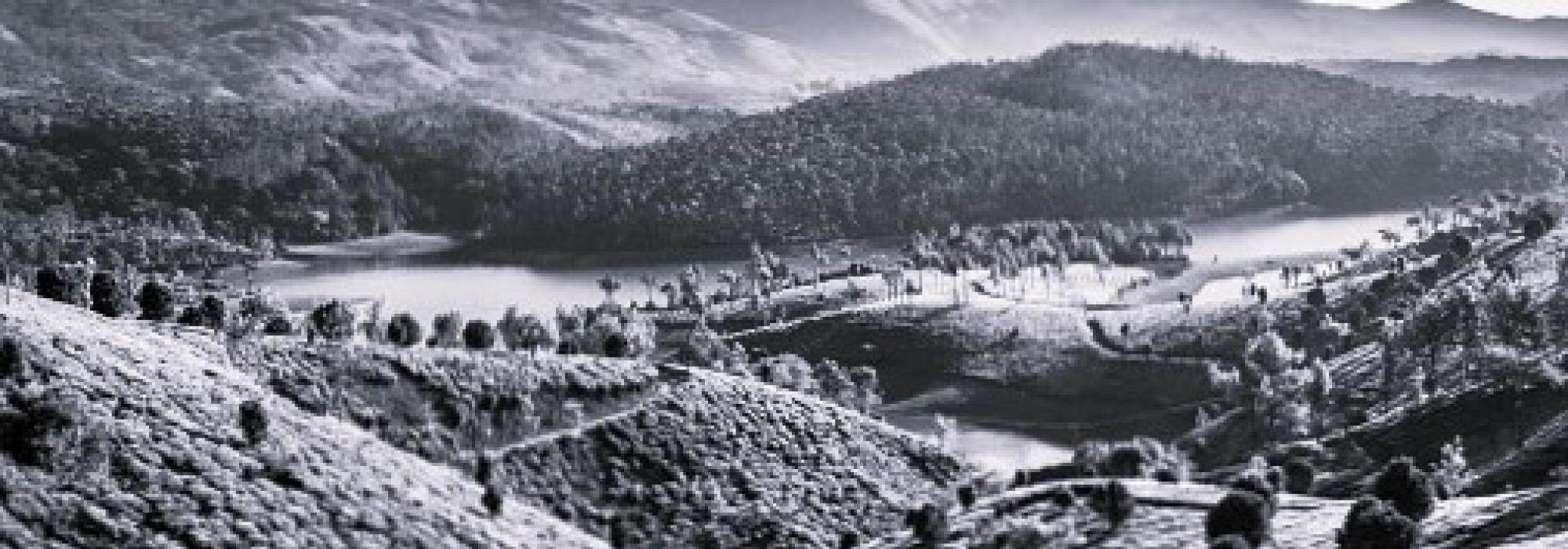The Nature of Sanskrit Drama
The word nāṭya originates from the dhātu naṭ, which happens to be a prākṛt form of the dhātu nṛt. Both the root words mean to ‘dance.’ Thus, the words nṛtta, nṛtya, nāṭya, and nāṭaka originate from the same root which means ‘to dance.’ Accordingly, all of them have elements connected with dance. Nevertheless, there are quite a few differences between them.
Nṛtta refers to pure dance that is set to laya or to a rhythmic cycle – tāla. This may or may not be accompanied by melody instruments and vocal rendition. Nṛtta can be performed by one or many at a time; it can be a solo performance or a group. It usually does not come along with the expression of emotions through the body, i.e., āṅgikābhinaya.
Nṛtya refers to dance, which is, in most cases, presented by a solo artist. The music that accompanies nṛtya is thematic and pertains to the episode or the emotion that is presented through dace. It naturally confirms to tāla as well. Creative elaboration of emotions plays the most important role in nṛtya and this distinguishes it from nṛtta. While nṛtya can be termed ‘referential dance,’ nṛtta is ‘non-referential dance.’ For instance, the poems of Jayadeva’s Aṣṭapadī and Kṣetraiah’s padams can be beautifully depicted through abhinaya in a piece of nṛtya. Such depiction has a predominant emotion such as sorrow, joy or anger. The emotion gets communicated through the bodily expression of the artist. An artist who performs nṛtya does not need heavy costume or make-up. Moreover, the story narrated through nṛtya need not be very long.
Nāṭya, which is a complete and holistic theatrical production, differs from nṛtya and nṛtta as it is rooted in anukaraṇa (roughly translated as ‘imitation’). It is an imitation of an avasthā, i.e., an emotional state/ mood of a person. Thus, an artist who performs nāṭya dons the costume of the character he has to depict and imitates his mannerisms. For his avasthānukaraṇa, i.e., imitation of states to be wholesome, he will need the assistance of other characters and stage properties as well. With the aid of these elements, he can not only create several episodes but can also evoke various rasas in the hearts of the connoisseurs. Rūpa and rūpaka are synonyms of nāṭya. There are several kinds of rūpakas. Nāṭaka is one of the primary genres of rūpakas.
Nāṭya is an extension of nṛtya and nṛtya has its roots in nṛtta. Thus, all the three have elements of dance in them. While holistic music is not entirely essential for nṛtta, the music ensemble renders a song which is poetic in nature for the performance of nṛtya,. This helps the artist performing nṛtya to creatively express different emotions and interpret the song. The dancer syncs his lips to the singer’s, pretending to sing the song while she delineates the emotions impregnated in the song (Historically, the dancer actually sung the song as he danced). It is fair to have the actor performing his acts only, while the background score is rendered by the music ensemble. Kathakali of Kerala bears semblance to nāṭya. In the Bayalāṭa performed in different parts of Karnataka, whenever there is the context for a song, the musical ensemble renders it. Dialogues are rendered by the actor himself and while doing so, he takes a pause from dancing.
English plays such as those composed by Shakespeare are full of prose and verse. Today’s social plays have entirely done away with nāṭyadharmī and have employed only dialogues in prose. If the Sanskrit playwrights had paid less heed to tradition and had tried to explore different possibilities of composition, they would have probably come up with a similar format too. Sanskrit plays that are available to us today contain a blend of prose and verse. It is likely that at least a few of them were presented with elements of dance and music embedded in them. There are a few that have been composed by playwrights who lack the vision of bringing them to the stage. They are works like the epic poems (mahākāvyas) which can only be read but cannot be brought on to stage in all their dimensions. It can be said that it is almost impossible to enact them from the beginning to the end in its entirety. It is quite possible that only a few padyas were sung as an accompaniment to abhinaya and the rest were merely recited set to a tune.
Dance and music can certainly embellish the process of evoking rasa but are not absolutely necessary. It is in common experience that even a good poem, devoid of music and dance, can evoke deep and joyful rasa. The primary elements that help rasotpatti are an intense plot, an array of varied kinds of episodes, rich dialogues and behaviour of the characters. A poet can let his talent flow in these dimensions and make his work filled with rasa. If a poem is devoid of rasa and if a nāṭaka is devoid of captivating dance sequences and melodious music, they don’t serve the purpose of entertainment. The eternal tradition of Sanskrit literature stands as testimony for all of this.
In sum, though all scholars of dramaturgy in India have been defining nāṭya in a similar manner over the centuries, the form and mode of execution of the art has been changing in practise.
The current series of articles is an adaption of Prof. A. R. Krishnasastri's Kannada treatise Saṃskṛta-nāṭaka. They are presented along with additional information and footnotes by Arjun Bharadwaj.














































